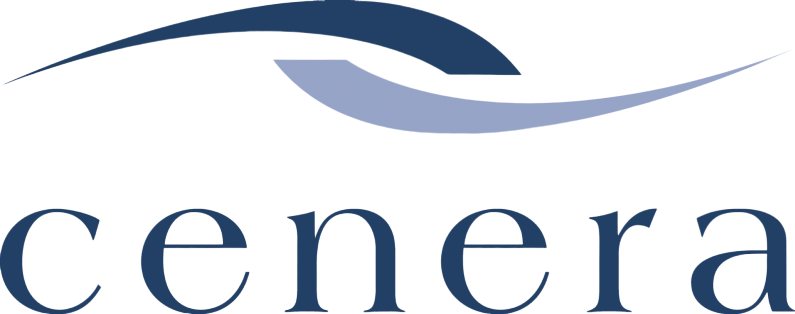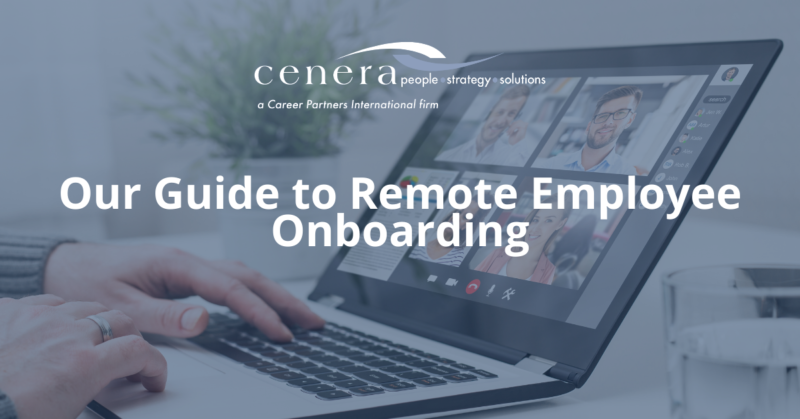Our Guide to Remote Employee Onboarding
Our Guide to Remote Employee Onboarding
There’s no question that a great onboarding process is critical to employee success. A lack of clarity, communication and support in the first foundational weeks and months of a new role is the fastest way to see enthusiasm, productivity, and employee retention rates plummet. Even before the pandemic, onboarding was a challenge for many organizations. With more and more workers starting new roles remotely, and the growth of flexible and hybrid work, the nature of onboarding continues to evolve.
So how do companies strategically approach the onboarding process in remote work environments?
The good news? The fundamentals haven’t changed. An effective onboarding program will ensure every new hire receives the same critical information they need to be set up for success. But with remote onboarding, you’re going to need to be more intentional about how you orient and integrate a new staff member into your workplace culture.
Regardless of what your onboarding practices are, the effort and investment you put into ensuring they are continually improving will have a huge payoff when it comes to key metrics like productivity, retention, and engagement.
Let’s look at some of the key things we recommend employers keep in mind.
1. Understand Your Current Onboarding Process
First, it’s important to evaluate where you are to define where you need to go. A great place to start would be a collection of feedback from employees who’ve been through it, especially if they did so remotely. How was their onboarding experience? What worked, or what may have been missing? What could be improved?
You’ll also want to take an inventory of your current documentation and processes in order to identify gaps. Once you’ve invested the time to understand how you’re doing now, you can make a plan to improve. Count on revisiting your process periodically and as needed as life and workplace circumstances change.
2. Start Small and Build Up
If you’re a small organization with limited (or maybe even non-existent) onboarding processes, it’s important to realize you can start small and build up. While your goal should ultimately be an onboarding process that covers the first 90 days of a new hire, it’s okay to work toward that over time. The most important thing is to prevent becoming so overwhelmed that you don’t take any action at all.
3. Use the Buddy System
Positive, strong, and healthy culture and relationships can be trickier to establish organically in remote workplaces. Leadership can have a significant impact with starting this off on the right foot! Pairing a new hire with one or more established team members can help a new employee navigate internal networking, receive valuable peer mentorship, and feel more connected to the team. Also, be sure onboarding includes invitations to meet at least one representative from teams other than the new employee’s own.
4. Make Culture and Mission the Foundation
Sharing documents and processes with a new hire is relatively straightforward; communicating culture and mission is more complex. Your onboarding team will need to get creative when it comes to onboarding practices that reflect what’s unique about your workplace. This won’t be one-size-fits-all, but consider including things like ice-breaker exercises, a culture deck that outlines your vision, values and ways of working together, or training videos and presentations that allow your team to showcase their personalities and their knowledge. Be sure to also include information about and invitations to your internal social activities and community involvement initiatives to foster a sense of belonging and contribution.
5. Plan for Ongoing Support
The biggest mistake you can make is thinking that onboarding is a ‘one and done’ process. Depending on the complexity of the organization, it can take up to 1 year. The most successful organizations offer mentorship and professional development opportunities on an ongoing basis. Consider developing a longer-term plan that connects employees with resources like a professional coach so that you can ensure their growth continues well beyond those first 90 days and will build consistently over time.
A great onboarding process is one of the most important steps your business can take to nurture employee growth. There are substantial cost savings in a robust onboarding program! If you need help designing and executing an exceptional onboarding process, the HR experts at Cenera can help. We have over 25 years of experience building strong workplaces, and we customize our services and supports to meet your unique business functions and needs.
Let’s Connect
Never miss an update, click here to subscribe to our monthly newsletter.
Plus, follow us on LinkedIn!
Share This Story, and Choose Your Platform!

